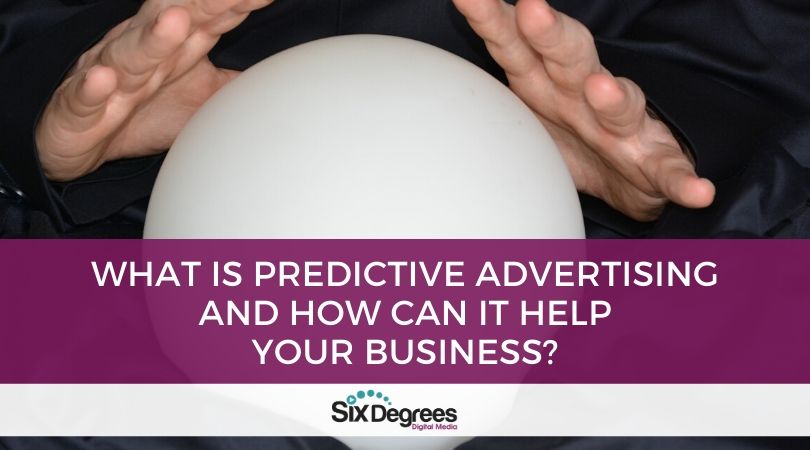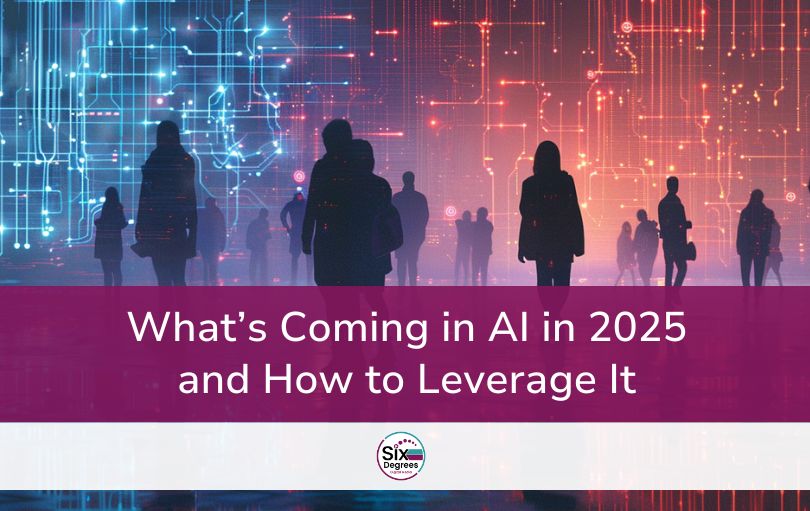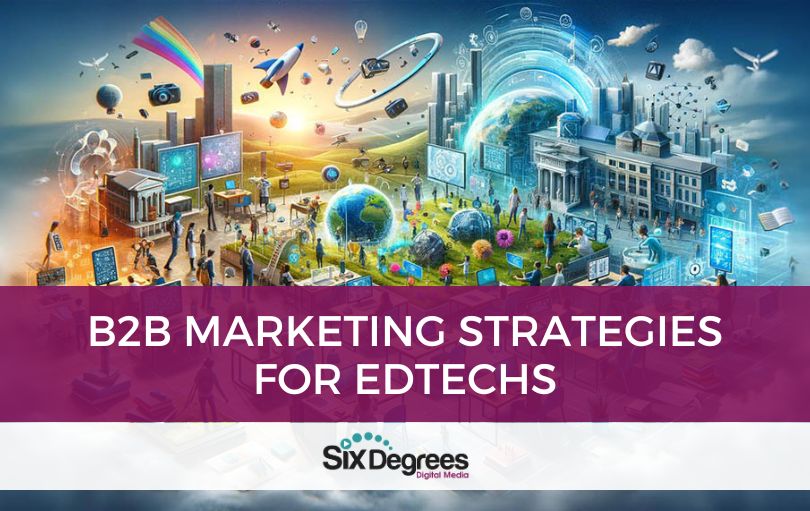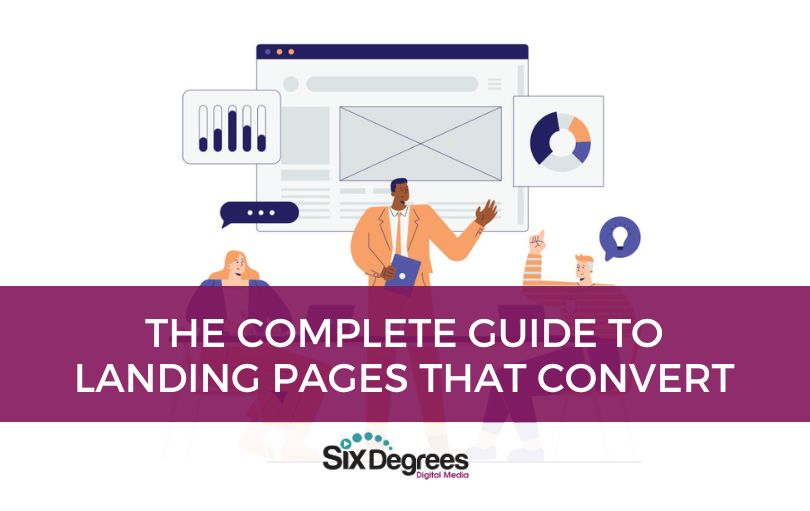Imagine for a moment that you had a crystal ball that allowed you to peer into the future to see what specific types of people would do when presented with a given digital ad. It would let you see the exact moment in time when your ad is most likely to convert. Sounds like a clip out of Minority Report, right?
It could help you predict which versions of a given ad would be most successful with your target market.
It could even give you insight into other market segments you hadn’t considered before that would also be amenable to your offers if your ad were served to them.
Predictive advertising, a subset of predictive analysis, is that crystal ball, though less crystalline, and significantly less ball-shaped.
Predictive advertising involves huge data sets and custom algorithms built around machine learning and artificial intelligence. These algorithms pour through historical customer data, behavioral data, and countless other data points to help predict how consumers will react to specific messaging at specific times.
This AI is capable of finding patterns that human analysts would never be able to see, giving marketers an advantage over standard methods. Predictive advertising is revolutionizing digital marketing and giving marketers tools to optimize their media spending, their target markets, and their ad copy.
The Good Old Days Are Dead and Gone. Good Riddance.
Predictive analysis, in the most general terms, isn’t new. Marketers have been looking at historical data to try and predict future results since the dawn of marketing.
In the past, however, these predictions weren’t particularly reliable. We simply didn’t have enough data, and what data we did have was hard to analyze with any accuracy.
Today, the amount of data available to marketers is staggering. For each consumer, it’s possible to track their browsing history, purchase decisions, and previous ad responses. We know what they like, what they hate, where they live, and hundreds of other small details. All of this data, culled from innumerable sources allows marketers to build a detailed picture of their prospects.
Machine learning algorithms can track these hundreds of data points simultaneously, creating a detailed model of individual consumers, personas, and markets. It can take this digital fingerprint and predict, with unprecedented accuracy, how each person will react in a given situation, based on previous behaviors, known interests, and personality traits.
Predictive analysis is the single most powerful advertising technology ever devised. It allows a depth of personalization and hyper-focused targeting that simply wasn’t possible before.
How it Might Work in the Real World
Let’s say you’re a marketer selling gardening tools. You know your audience, but you’ve found it difficult to target them reliably, and tend to waste a painful portion of your advertising budget on misdirected ads.
Predictive advertising tools will forecast, with surprising accuracy, who might be most interested in your ad, and hyper-target only those people. First, it would likely narrow in on people that have shown interest in gardening before. Of those people, it might reject consumers that live in cold climates, as they’re less likely to actively garden.
From their browsing history, the algorithms can select people that frequent gardening websites, or those that have browsed relevant books through online booksellers.
Social media behaviors are also quantified. People that post about their gardens, or forward links to gardening resources are likely prospects.
Previous purchases are salient as well. Someone that recently purchased vegetable seeds might well be in need of gardening implements to plant and tend them.
And there are patterns that AI might find in the data that a human might never guess. A predictive advertising algorithm might notice that people that show interest in survivalism, homesteading, or eco-consciousness are also often interested in gardening.
So, if someone posts about self-sufficiency on social media, recently purchased fertilizer, and tends to read about plant care online, predictive advertising algorithms might, in the seconds it takes for a website to load, deduce that they’re the perfect target for your ad, and serve it up to them.
Find Novel Markets Based on Current Customers
Predictive advertising isn’t limited to the markets you normally focus on. It’s likely that there are groups of people that are similar in many ways to the people that currently use your service or buy your products, but aren’t on your radar because you’ve never noticed the similarities.
Tools like Google’s Similar Audience and Facebook’s Lookalike Audiences let marketers discover new market segments based on current customer information. These tools can analyze current site traffic, email lists, and other customer data sets to learn the sorts of people that like your offerings.
Then they can apply machine learning algorithms to expand out this list of people into other markets, people that are similar enough that they’re also likely to show an interest in your messaging.
What’s important to remember is that these conclusions aren’t guesswork. And they aren’t preprogrammed by human developers. These are novel connections made by artificial intelligence that can see a far bigger picture than we humans could possibly hold in our little brains.
Predictive Advertising Anticipates Needs, It Doesn’t React to Them
This is the true power of predictive advertising. It can anticipate needs that might not be obvious to those of us that aren’t made of computer code.
Behavioral retargeting is fairly standard practice, but it’s reactive and linear. It might target your gardening tool ads to people that previously purchased gardening tools. Certainly, that’s your target market, but it’s also possible that they’ve already purchased all the implements they need.
It’s akin to following someone around a hardware store, watching them make a large purchase, and then badgering them after they leave the store to buy a hammer from you. If they needed a hammer, they probably just bought one. And if they didn’t buy a hammer, it’s probably because they already have one, or don’t have a need. Either way, your timing is off.
Predictive marketing is able to anticipate needs because the data set used is much broader. It can find people that need your gardening tools BEFORE they ever go to make a purchase. That makes it far more likely that when they see your ad, they’ll bite.
Predictive advertising is the present and future of digital advertising, and if you aren’t yet taking advantage of it, you’re missing out on a vast new world of potential customers. Let us help you get started.
We can design a campaign that utilizes cutting-edge predictive analysis tools to get your message to the perfect prospects at the perfect time when they’re most primed to convert.
If it helps with your decision, you should know that our predictive algorithms have already determined that you’re ready to move into predictive advertising. So why fight it? Give yourself over to your destiny. Contact us today for a free strategy session.





